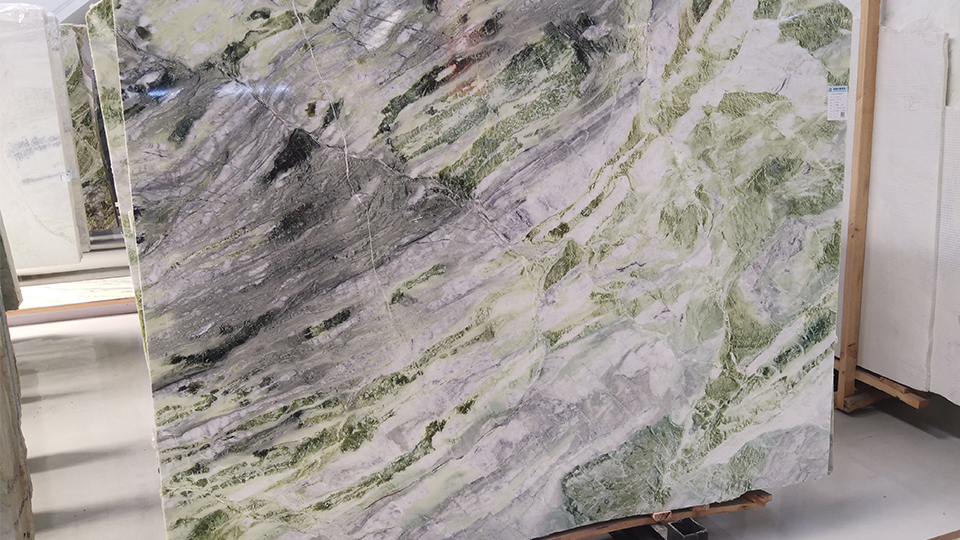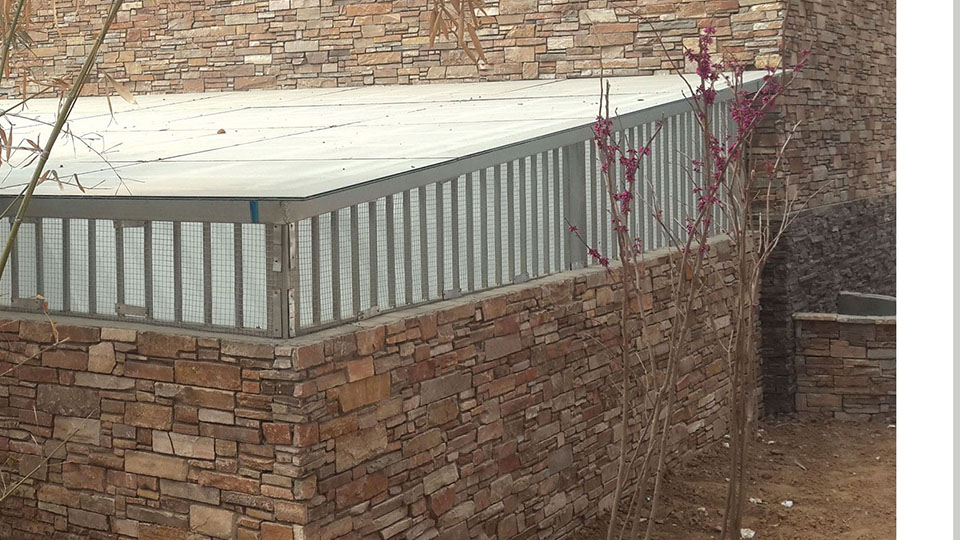

Hydrogen Peroxide (3% Solution): For many organic stains (coffee, tea, juice, wine), a 3% hydrogen peroxide solution can be effective. Apply the solution directly to the stain, let it sit for 10-15 minutes, and then wipe it away with a clean, damp cloth. Rinse thoroughly and dry. Caution: Avoid using hydrogen peroxide on dark-colored granite, as it may potentially lighten the surface. Test in an inconspicuous area first.

Commercial Degreasers (Stone-Safe): Some commercially available degreasers are specifically formulated for use on natural stone. Ensure the product is explicitly labeled as safe for granite and follow the manufacturer's instructions carefully. Test in an inconspicuous area first.
3.3. Addressing Inorganic Stains:
Inorganic stains often require chemical reactions to break down the staining compounds. Exercise caution when using these methods and always test in an inconspicuous area first.
Rust Stains: Removing rust stains can be challenging.
Commercial Rust Removers (Stone-Safe): Several commercial rust removers are designed for use on natural stone. Choose a product specifically formulated for granite and follow the instructions meticulously. These often contain mild acids or chelating agents that react with the rust.
Poultice with Rust Remover: For stubborn rust stains, create a poultice using diatomaceous earth or baking soda mixed with a stone-safe rust remover. Apply the poultice, cover it, and let it sit for several hours before removing and cleaning.
Ink Stains: Ink stains can be particularly persistent.
Rubbing Alcohol or Acetone (with caution): For some ink stains, gently dabbing the area with rubbing alcohol or acetone on a clean cloth may help lift the stain. Caution: Use these solvents sparingly and test in an inconspicuous area as they can potentially damage the sealant. Rinse thoroughly and dry.
Poultice with Absorbent Material and Solvent: Create a poultice of baking soda or diatomaceous earth mixed with a small amount of rubbing alcohol or acetone. Apply, cover, and let sit before removing and cleaning.
Mineral Deposits (Hard Water Stains): These often appear as white, chalky deposits.
Vinegar or Lemon Juice (with extreme caution and dilution): Mild acids can dissolve mineral deposits. However, acidic substances can etch granite if used improperly or undiluted. Dilute white vinegar or lemon juice significantly with water (e.g., 1 part acid to 10 parts water). Apply the diluted solution to the stain, let it sit for a very short time (a few minutes), and then rinse immediately and thoroughly with clean water. Dry completely. This method carries a risk of etching and should be used as a last resort, with extreme caution and thorough testing.
Commercial Mineral Deposit Removers (Stone-Safe): Look for commercial cleaners specifically formulated for removing hard water stains from natural stone. These are often milder and safer than undiluted household acids.
3.4. Eradicating Biological Stains (Mold and Mildew):
Hydrogen Peroxide: A 3% hydrogen peroxide solution is generally effective for killing mold and mildew. Apply it to the affected area, let it sit for 10-15 minutes, and then wipe it away. Rinse thoroughly and dry.
Mild Bleach Solution (with extreme caution and dilution): For stubborn mold or mildew, a very dilute bleach solution (1 part bleach to 10 parts water) can be used. However, bleach can damage the sealant and potentially lighten the granite. Use this method as a last resort, apply it sparingly to the stain only, and rinse immediately and thoroughly with plenty of clean water. Ensure proper ventilation when using bleach. Never mix bleach with ammonia or other cleaning products.
4. The Power of the Poultice: Drawing Out Deep-Set Stains
Poulticing is a highly effective technique for removing stains that have penetrated deep into the granite. It involves creating a paste of an absorbent material and a cleaning agent, applying it to the stain, covering it, and allowing it to draw out the stain over several hours or even days.
General Poulticing Procedure:
Identify the Stain and Choose the Appropriate Cleaning Agent: As described above, select the cleaning agent best suited for the type of stain.
Mix the Poultice Material: Use a finely ground, absorbent material such as:
Diatomaceous Earth: Excellent for oil-based and some organic stains.
Baking Soda: Good for organic and some oil-based stains.
Cornstarch: Primarily for oil-based stains.
Talcum Powder: Can be used for some oily stains.
Fuller's Earth: Highly absorbent clay for various stains.

Create a Paste: Gradually add the chosen cleaning agent to the absorbent material, mixing until you achieve a thick, spreadable paste with the consistency of peanut butter. Use just enough liquid to make a workable paste.
Apply the Poultice: Apply a thick layer of the paste (about ¼ to ½ inch) to the stained area, extending slightly beyond the edges of the stain.
Cover the Poultice: Cover the poultice with plastic wrap and tape down the edges to prevent it from drying out too quickly. This helps to keep the cleaning agent in contact with the stain.
Allow Drying Time: Let the poultice dry completely, which can take anywhere from a few hours to 24-48 hours, depending on the stain and the thickness of the poultice. As the poultice dries, it draws the stain out of the granite and into the absorbent material.
Remove the Poultice: Once the poultice is completely dry and has hardened, gently scrape it away with a plastic scraper or spatula. Avoid using metal tools that could scratch the granite.
Clean the Area: Wipe the area with a clean, damp microfiber cloth and a pH-neutral dish soap if necessary. Rinse thoroughly with clean water and dry completely.
Repeat if Necessary: Stubborn stains may require multiple applications of the poultice to be fully removed.
5. The Importance of Sealing After Stain Removal:
Once a stain has been successfully removed, it's crucial to re-seal the affected area. The cleaning process, especially the use of solvents or poultices, can sometimes temporarily compromise the existing sealant. Applying a high-quality granite sealant will help to protect the stone from future staining and maintain its longevity. Follow the manufacturer's instructions for applying the sealant.
6. When to Seek Professional Help:
For extremely stubborn or deep-set stains, or if you are unsure about the type of stain or the appropriate cleaning method, it is always best to consult a professional stone restoration specialist. They have specialized knowledge, tools, and cleaning agents to tackle challenging stains without damaging your granite countertops. Attempting aggressive or unproven methods on valuable granite can lead to irreversible damage.
7. Prevention: The Ultimate Stain Removal Strategy:
While effective stain removal techniques are valuable, the best approach is to prevent stains from occurring in the first place:
Seal Regularly: Ensure your granite countertops are properly sealed and reseal them periodically according to the sealant manufacturer's recommendations.
Clean Spills Immediately: As emphasized earlier, prompt action is key.
Use Coasters and Placemats: Protect the surface from spills and direct contact with potentially staining substances.
Use Cutting Boards: Prevent scratches and potential staining from food preparation.
Avoid Placing Hot Items Directly on the Countertop: While granite is heat-resistant, it's best to use trivets to protect the sealant and prevent thermal shock.
Conclusion: Restoring Granite's Natural Beauty Through Scientific Understanding
Removing stains from granite countertops requires a combination of understanding the stain's nature, applying appropriate scientific principles of dissolution and absorption, and employing careful techniques. From gentle everyday cleaning to the more advanced method of poulticing, homeowners have a range of tools at their disposal to restore the beauty of their natural stone surfaces. However, caution and patience are paramount, and professional help should be sought when dealing with persistent or unknown stains. By prioritizing prevention and acting swiftly when spills occur, you can minimize the need for intensive stain removal and ensure the long-lasting elegance of your granite countertops.
Name: selena
Mobile:8613176910558
Tel:86-13176910558
Whatsapp:8619323167067
Email:409284553@qq.com
Add:Laizhou ,Shandong , Shandong Province, China